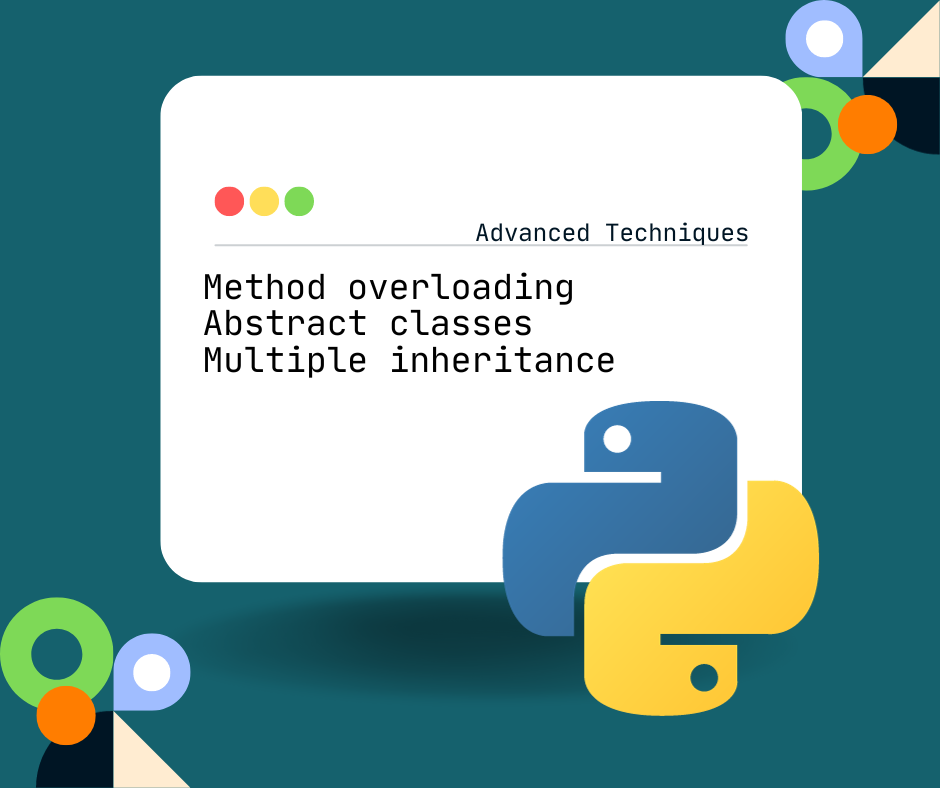Introduction to Object-Oriented Programming OOP in Python:
Before we get into the specifics let’s examine what Object-Oriented Programming is all about in Python. Modeling real-world entities as objects and encapsulating data (attributes) and behaviors (methods) within these objects is the OOP paradigm. Python consistently incorporates OOP, making it an optimal decision for programming advancement.
The Meaning of Attributes:
What Are Attributes?
In Python, attributes are the building blocks of objects. They represent an object’s characteristics or properties. For example, on the off chance that we consider a “Vehicle” object, its credits could incorporate “variety,” “model,” and “year.”
Declaring attributes in Python:
Attributes are declared within a class in Python.

Understanding Methods and Bringing Objects to Life with Methods:
Methods are the actions that an object can perform. In our “Vehicle” model, techniques could incorporate “start_engine()” and “accelerate()”. They characterize how an article connects with its credits and the rest of the world.
Method Definition in Python It is simple to define methods in Python:
Relationship Building:
Class Inheritance Investigating Class Inheritance In OOP, the idea of class inheritance is a potent one. It lets you build a new class from an existing one, inheriting its methods and attributes. This helps classes form relationships and encourages code reuse.
Inheritance in Python:
Real-World Examples:
Let’s look at real-world examples to help us understand. Consider an “Individual” class with credits like “name” and “age” and strategies like “eat()” and “sleep()”. The “Person” class can then be inherited by subclasses like “Student” or “Employee.”
Advanced Techniques:
You’ll come across advanced methods like method overloading, abstract classes, and multiple inheritance as you learn more about Python’s object-oriented programming (OOP) style. You can create sophisticated and adaptable software systems using these ideas.
While OOP is a powerful paradigm:
common pitfalls like overcomplicating class hierarchies and neglecting encapsulation must be avoided. The key to success is keeping your code organized and clean.
Best Practices for OOP in Python:
Follow these prescribed procedures for successful OOP in Python:
- Use names for classes and methods that make sense.
- Keep classes and methods short and to the point.
- Embrace the epitome to safeguard information respectability.
- Record your code with clear remarks and docstrings.
Conclusion:
In this excursion through Python’s Article Situated Programming, we’ve investigated the meaning of qualities, the force of techniques, and the excellence of class legacy. Outfitted with this information, you are exceptional at making exquisite and proficient Python programs.
